Ever thought your slow cooker might be the sneaky culprit behind a high electricity bill? Most people figure leaving any appliance on all day must cost a fortune. Here’s the truth: slow cookers are actually one of the most efficient tools in your kitchen. They rarely use more power than a standard light bulb and way less than your oven.
If you’re after easy meals and steady energy costs, a slow cooker’s your friend. Instead of spiking demand for electricity like ovens or stovetops do, these handy gadgets quietly sip power over hours, not seconds. On average, a slow cooker on low uses around 70 to 150 watts—meaning an eight-hour stew might cost you less than running a single-load dishwasher cycle.
You don’t need to stare at your electric meter every time you’re making chili. Just knowing these basics lets you cook with more confidence and less stress about bills. Most folks who swap from oven dinners to slow cooker meals see a dip in electric costs, especially if they use it a few times a week. Curious about why and how this happens? Let’s break it down, section by section.
- How Much Power Do Slow Cookers Actually Use?
- Comparing Slow Cookers to Ovens and Stovetops
- Factors That Change Your Slow Cooker’s Power Use
- Smart Tips to Save Even More Energy
How Much Power Do Slow Cookers Actually Use?
So, what’s the real story on power usage? Most slow cookers pull about 70 to 250 watts per hour. That’s it. Compare that with toasters or ovens gulping down over 1,000 watts, and the difference is huge. For perspective, if you run a slow cooker on low (about 100 watts) for eight hours, you’ll only use 0.8 kilowatt-hours (kWh). On high, it might land a little higher—but still pretty tame.
Let’s break it down with a few common examples:
| Setting | Average Power (Watts) | Time (Hours) | Total Energy Used (kWh) |
|---|---|---|---|
| Low | 100 | 8 | 0.8 |
| High | 200 | 4 | 0.8 |
| Keep Warm | 50 | 8 | 0.4 |
Your electric company usually charges by the kilowatt-hour. Even at an average U.S. rate—about 16 cents per kWh—cooking a whole meal costs you between 6 and 13 cents. That’s pocket change compared to blasting the oven for an hour. Using your slow cooker makes way more sense if you want to cut back on energy bills, especially for recipes that take hours to get right.
- If you’re curious, most slow cooker models have the wattage listed right on the bottom or on the label. A quick check there tells you exactly how much juice yours is sipping.
- Larger models and the ‘high’ setting use more energy, but even the biggest ones fall close to 250 watts an hour.
- Energy Star doesn’t rate slow cookers, but their low numbers make them standout savers anyway.
By now, you can see a slow cooker isn’t going to scare your wallet. In most homes, they cost less to run than a single ceiling fan or even that old fridge in the garage. If you use it a few times a week, the savings stack up fast.
Comparing Slow Cookers to Ovens and Stovetops
Here’s where things get really interesting: when you stack up a slow cooker next to your oven or stove, the slow cooker comes out looking like a true budget hack. The main difference is how much power each one pulls over time.
Let’s get specific. Ovens can use anywhere from 2,000 to 5,000 watts when they’re running. Even a basic electric stovetop burner might eat up around 1,000 to 1,500 watts per hour. In comparison, that trusty slow cooker in your kitchen usually runs between 70 and 250 watts, depending if you put it on low or high.
Check out this basic breakdown:
| Appliance | Average Power (Watts) | 8 Hours of Use (kWh) |
|---|---|---|
| Slow Cooker (Low) | 100 | 0.8 |
| Oven | 3000 | 24 |
| Stovetop Burner | 1500 | 12 |
So, if you cook a pot roast for eight hours in your slow cooker, expect to use less than 1 kilowatt-hour of electricity. Throw that same roast in the oven for just two hours and it’ll burn through 6 kilowatt-hours or more. That’s a big jump in energy for the same dinner. And since most electric bills are calculated per kilowatt-hour, that’s money staying in your pocket.
There’s more. Unlike ovens or stovetops, slow cookers don’t heat up the whole kitchen. That means during summer, your AC won’t be fighting the extra heat, so you’re saving even more energy without realizing it.
If you want the cheapest, easiest way to make stews, soups, or pulled pork, a slow cooker is tough to beat. It’s not dramatic—just steady, affordable cooking. And for anyone keeping an eye on their electric bill, swapping from an oven to a slow cooker now and then really adds up.
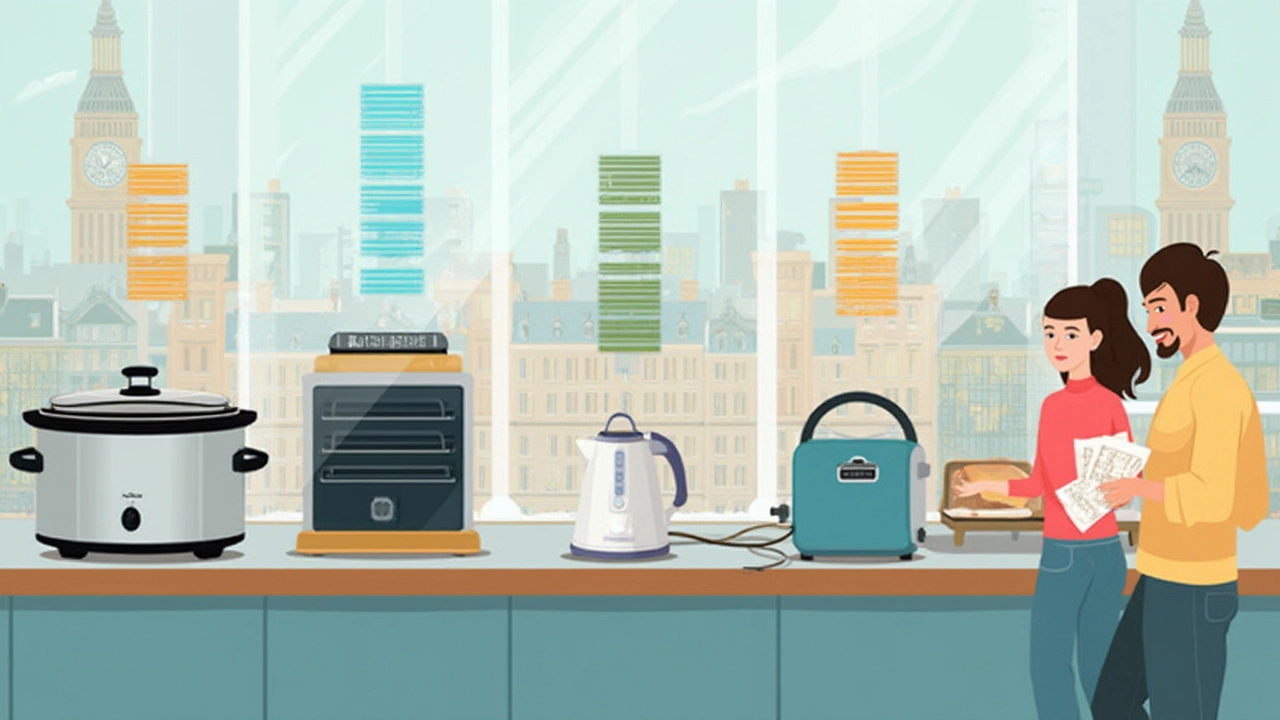
Factors That Change Your Slow Cooker’s Power Use
Your slow cooker's actual energy use can swing a bit, depending on a few practical details. Not all slow cookers are built the same—brand, size, and age all have a say in how much electricity they’ll need. Let’s get into what really counts.
First up, size matters. A big 7-quart cooker needs more juice than a small 3-quart one, especially if you’re filling it up. The more food you pack in, the more energy it takes to heat everything through. On the other hand, if you often slow cook just for one or two people, a smaller slow cooker is a smarter bet for power savings.
- Slow cooker settings also make a big difference. Cranking it up to ‘high’ for a quick meal draws more watts, while ‘low’ and ‘keep warm’ sip energy much slower. If you’re not in a rush, stick to low—your wallet will thank you.
- How often you peek matters more than you’d think. Every time you lift that lid, your cooker has to work harder to bring the heat back up, which means extra energy use. Leave it alone unless you really need to stir.
- The recipe plays a role, too. Cooking a big chunk of meat with lots of liquid takes longer to heat than a veggie stew with less volume. Heavier, thicker foods mean the slow cooker stays on longer, even if it’s not blasting out high wattage.
- Your home’s temperature isn’t just background noise. If your kitchen is chilly, your slow cooker works a little harder to keep things bubbling. Hot day? Runs a bit lighter.
Old slow cookers can also surprise you. Some vintage models don’t have the same insulation or efficient electronics modern ones use, meaning they burn up more electricity for the same results. If you cook a lot and care about costs, a newer model can pay for itself over time.
If you really want to see where your energy’s going, plug your slow cooker into a cheap watt meter (you can find them online for a few bucks). It’ll show you actual power usage—no guessing required. It’s just one more way to make sure you’re cooking smart, not just slow.
Smart Tips to Save Even More Energy
Want to get even more mileage out of your slow cooker without bumping up your electricity bill? It comes down to a few simple habits and small tweaks. Here’s how you wring out the most savings while cooking up your favorite meals.
- Keep the lid on. Every time you lift the lid, heat escapes and your slow cooker needs more juice to get back up to temp. Think before peeking—just trust the process. Only open it if you really need to check or stir.
- Don’t overfill. Stick to the recommended two-thirds full. Too full and you’re making the slow cooker work harder, burning extra energy. Too empty, and it won’t cook evenly.
- Prep ingredients smart. Cutting veggies and meat into uniform chunks helps them cook evenly and quickly, so you don’t end up running the cooker longer than you planned.
- Use the right heat setting. Low settings usually use less wattage and can handle most recipes. Unless you’re in a serious rush, skip “High” to keep costs lower.
- Batch cooking. Double up on meals and portion out leftovers for the fridge or freezer. You cut down on kitchen time and only pay for the electricity once.
- Unplug when not in use. Even when off, some models pull a tiny amount of power if left plugged in. Unplugging keeps the slow cooker’s energy use at zero when you’re not cooking.
- Go with energy-efficient models. Newer slow cookers tend to have better insulation and use less power overall. If your current one is older than your favorite band’s first album, consider an upgrade.
Check out this quick table for an idea of how a slow cooker stacks up against other kitchen appliances in daily energy use:
| Appliance | Avg Power (Watts) | Typical Use Duration (Hours) | Daily Energy Use (kWh) |
|---|---|---|---|
| Slow Cooker (Low) | 100 | 8 | 0.8 |
| Oven (Bake) | 2000 | 1 | 2.0 |
| Electric Stovetop | 1500 | 1 | 1.5 |
| Dishwasher | 1200 | 1 | 1.2 |
Even if you use your slow cooker all day for a big batch meal, it usually ends up costing way less than running your oven or stovetop for an hour. Small habits add up over time, so these tips can save you real money by the end of the month.
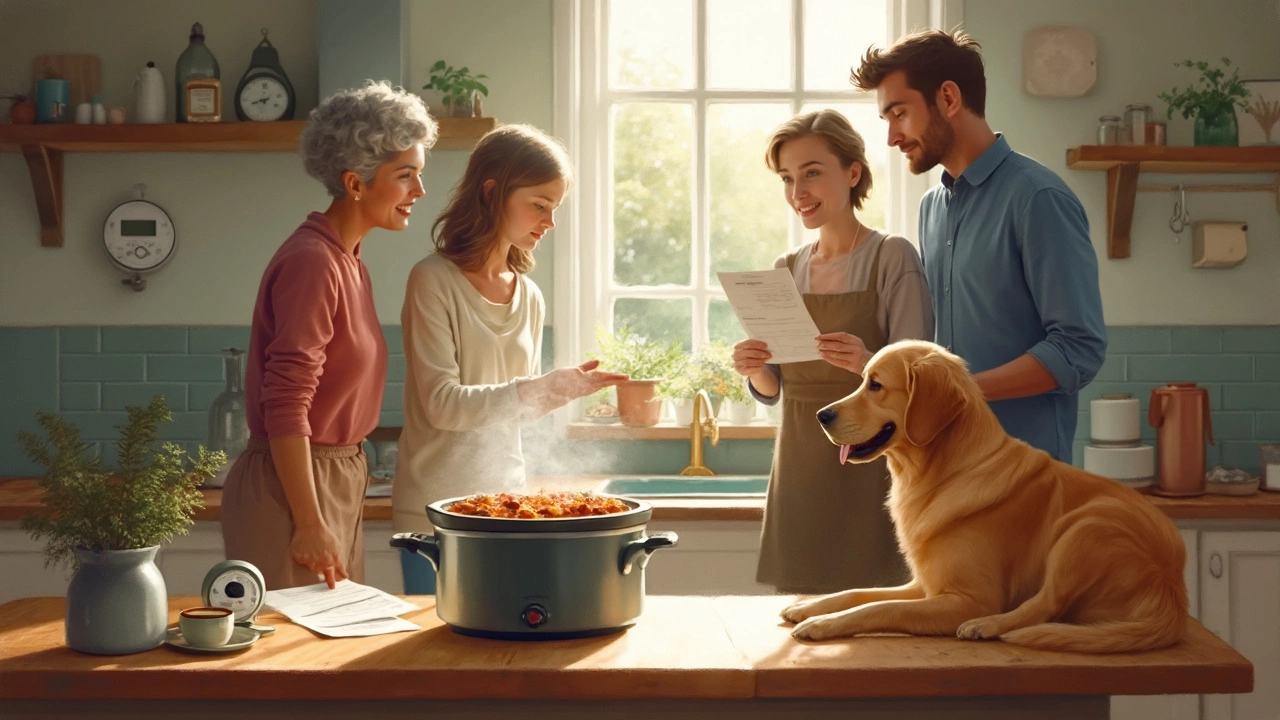

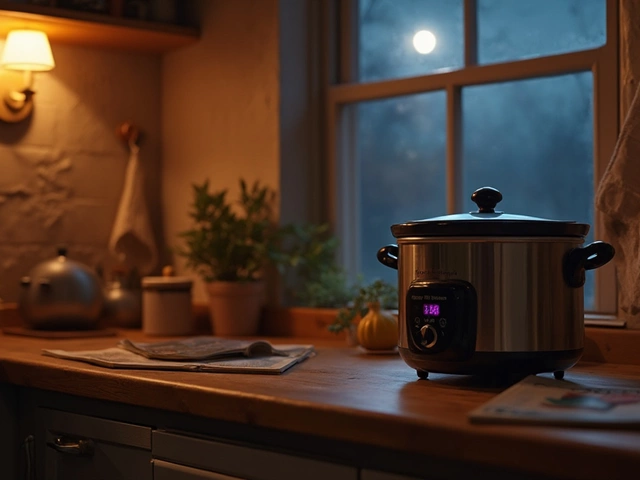
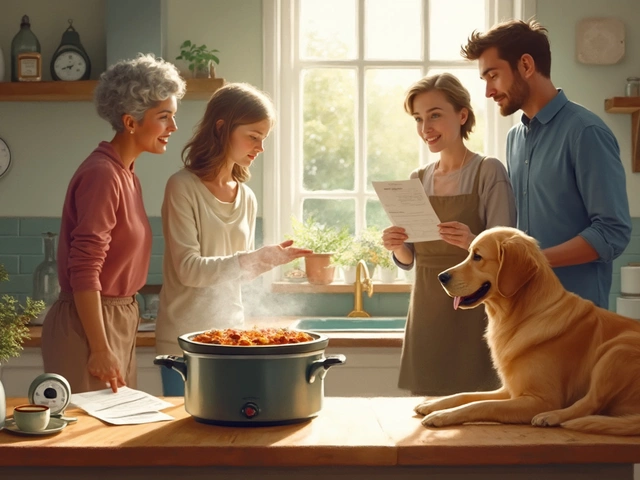
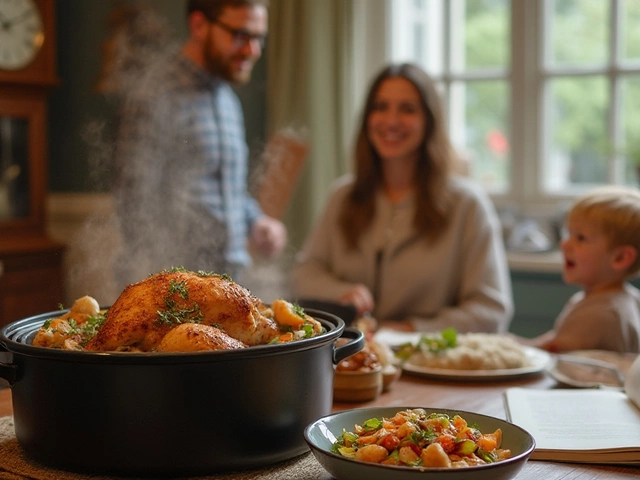
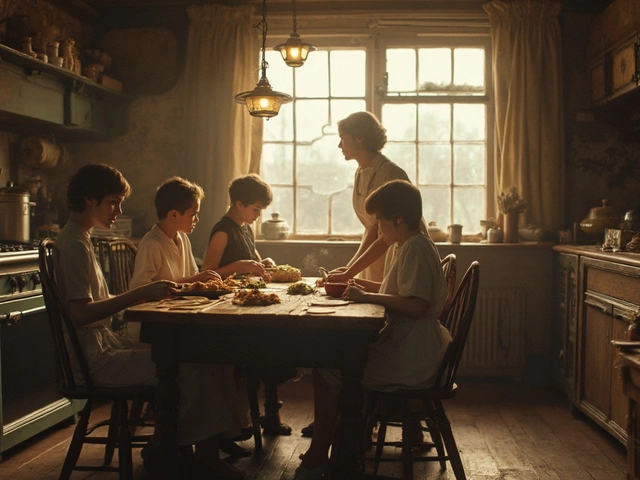
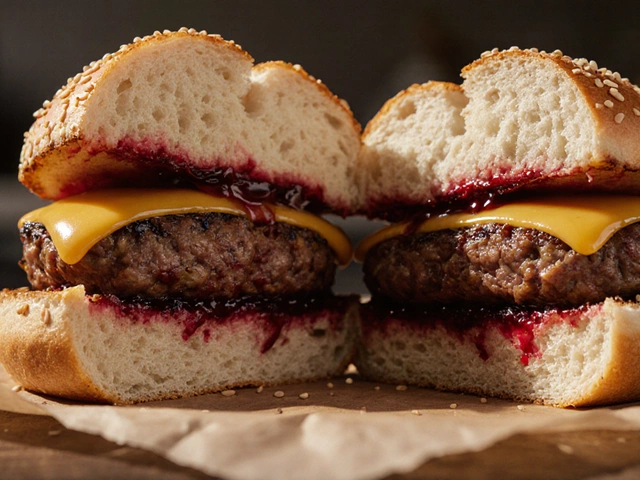
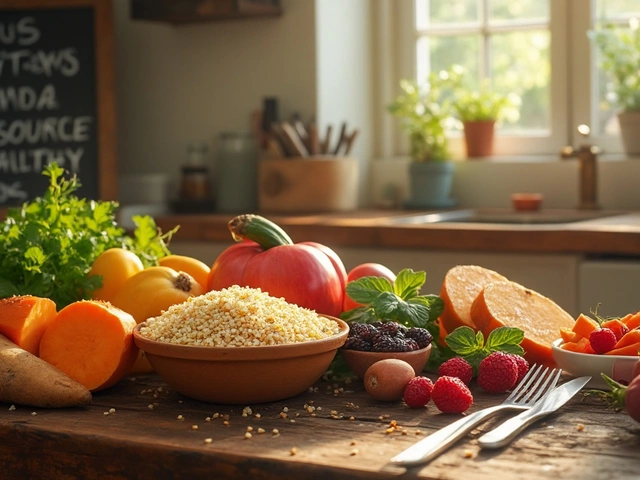

Write a comment